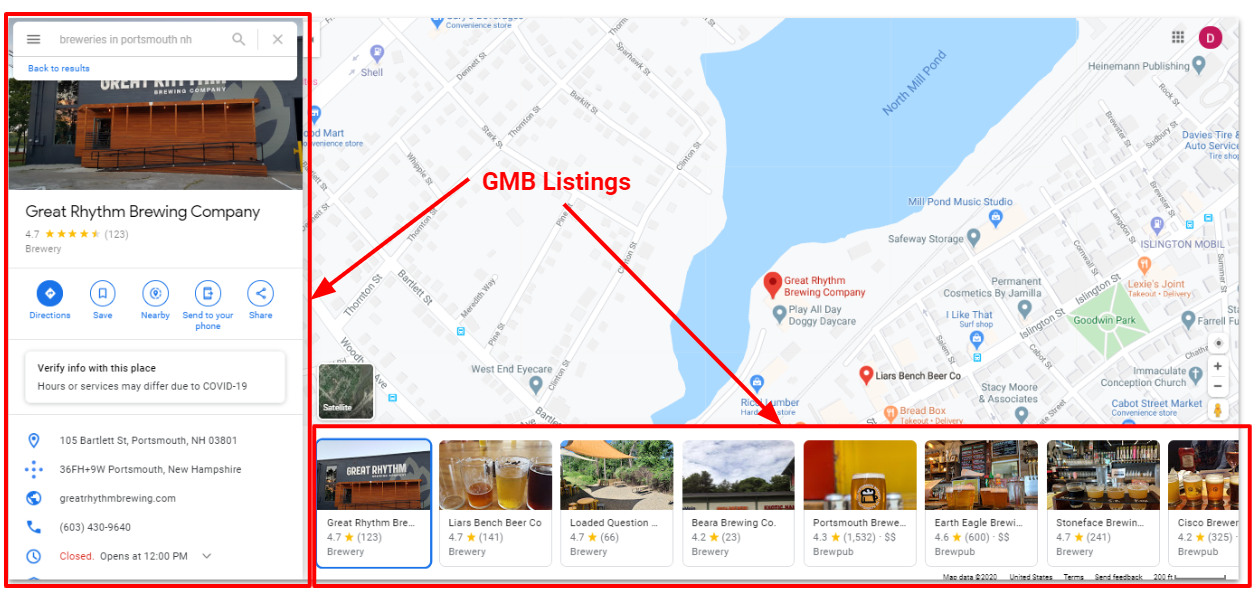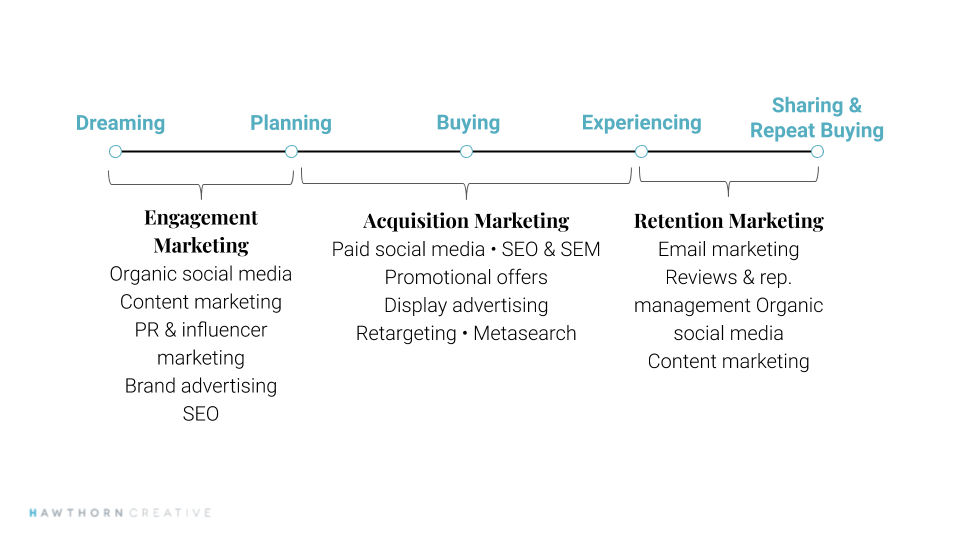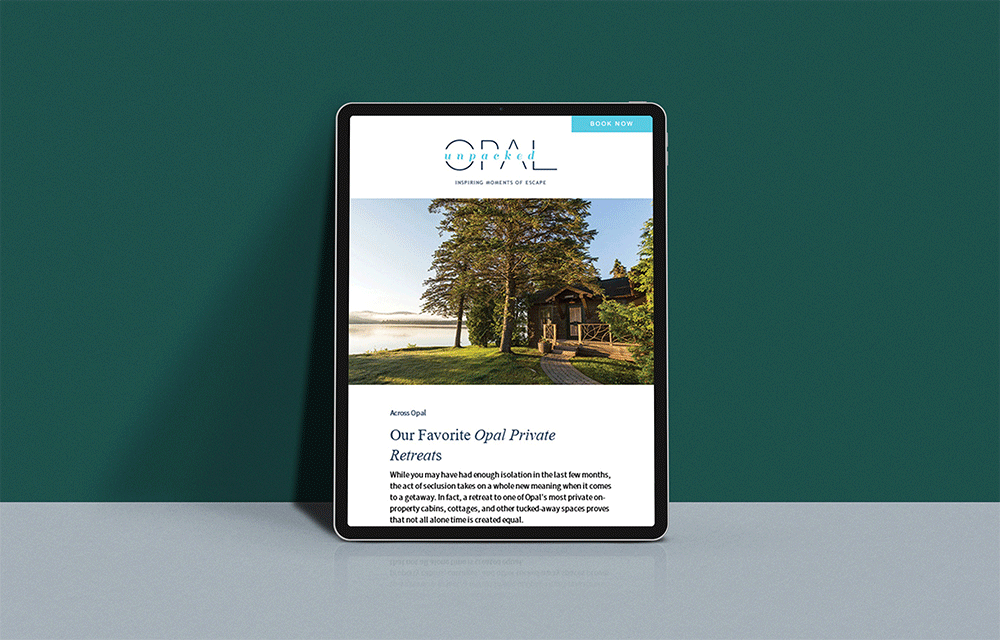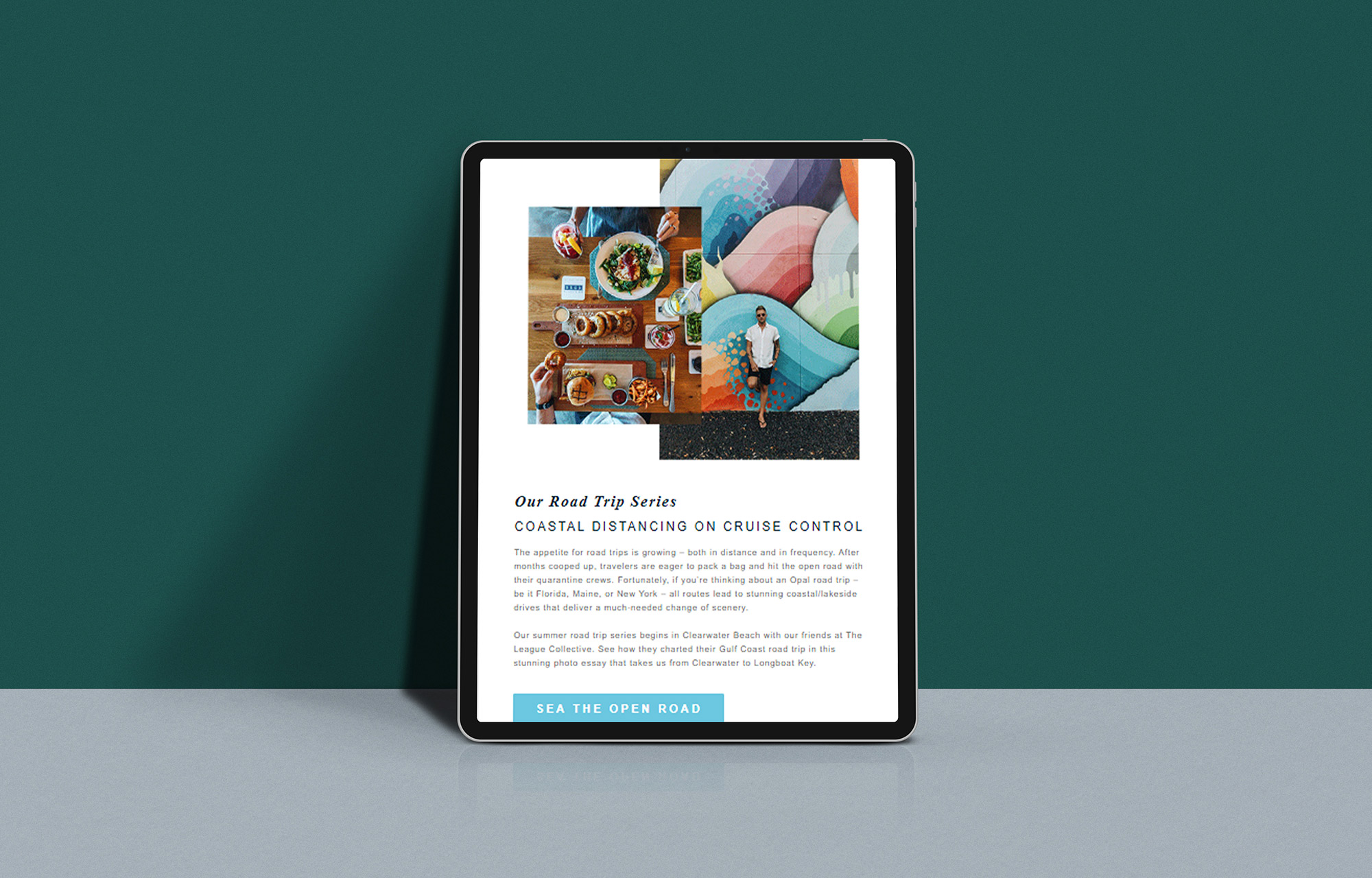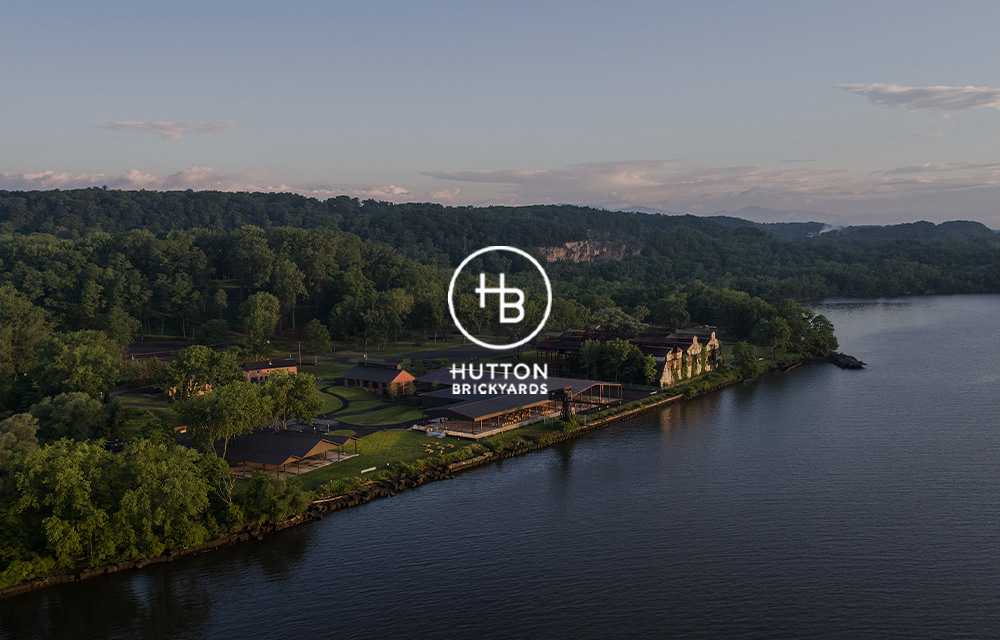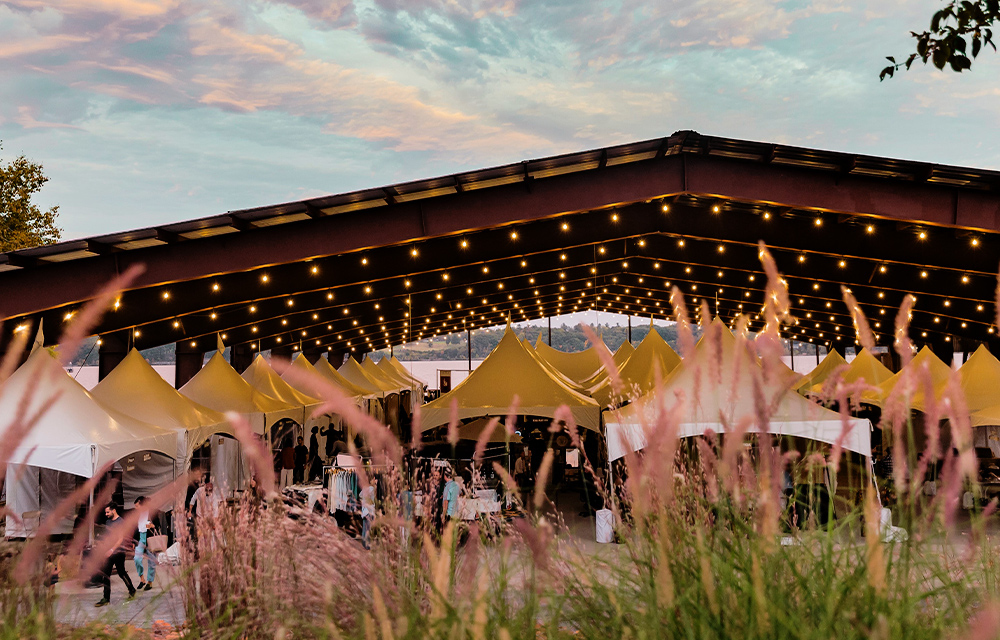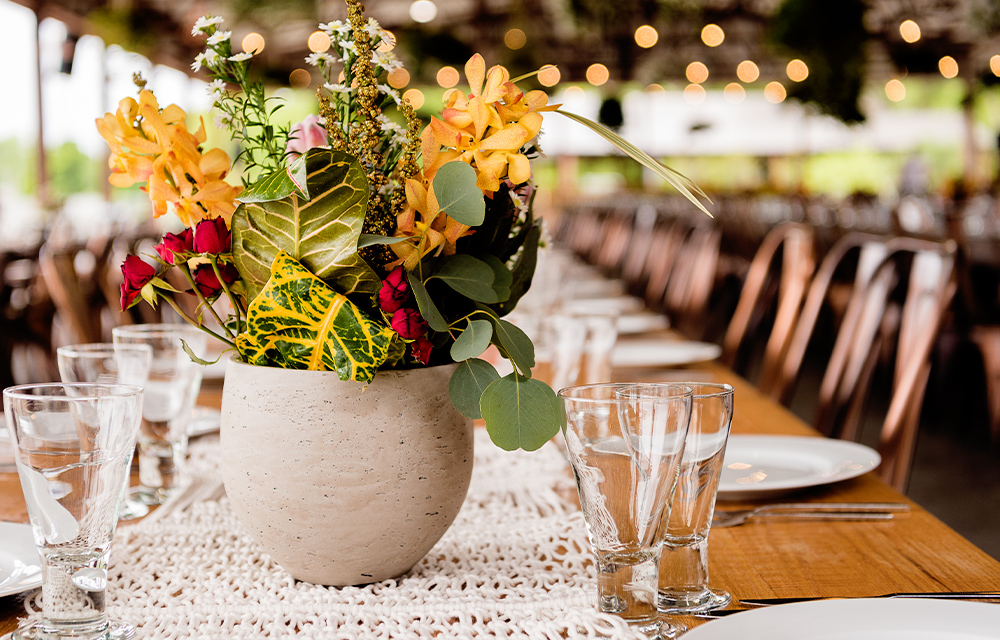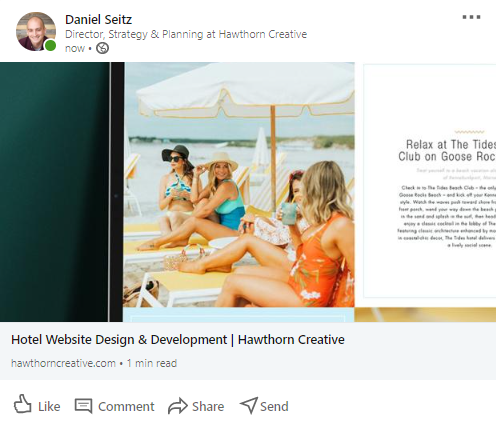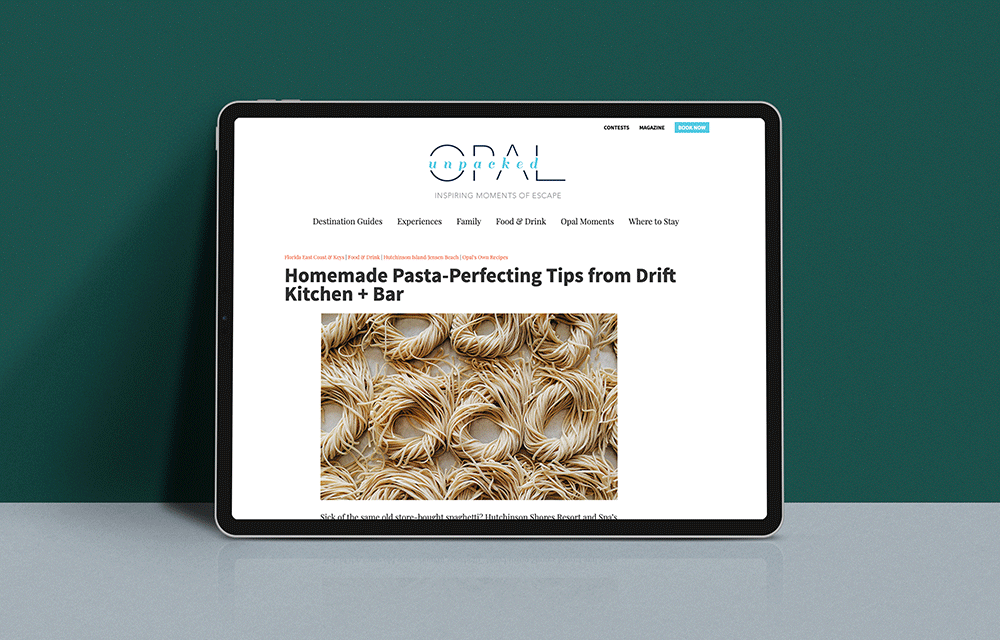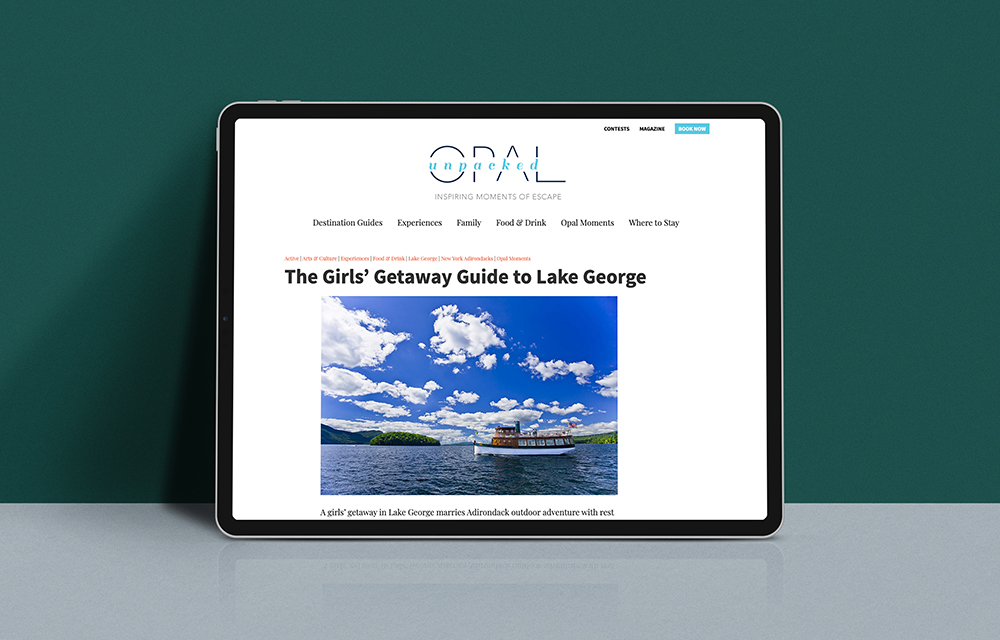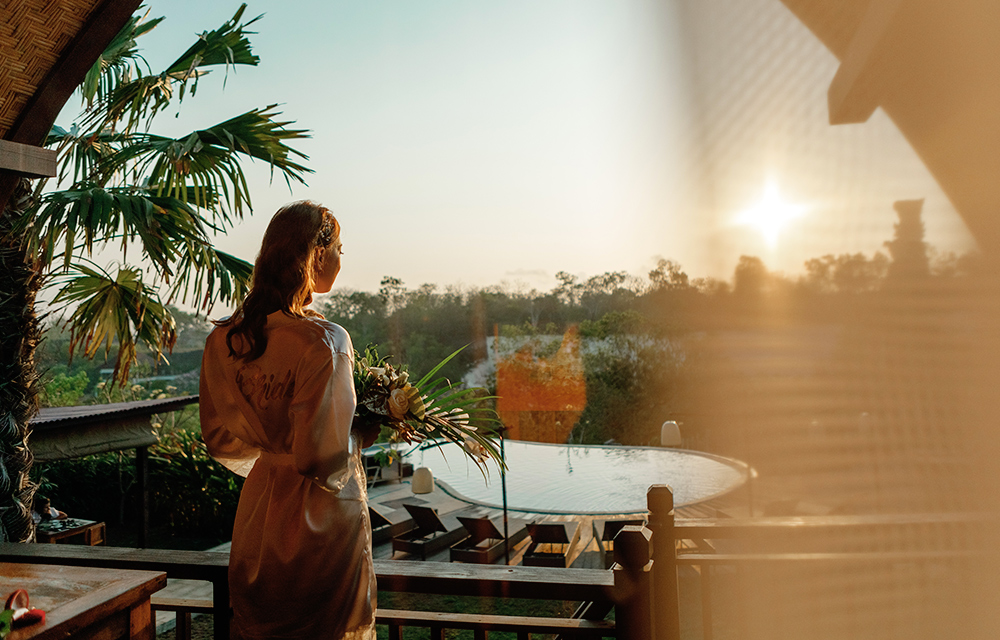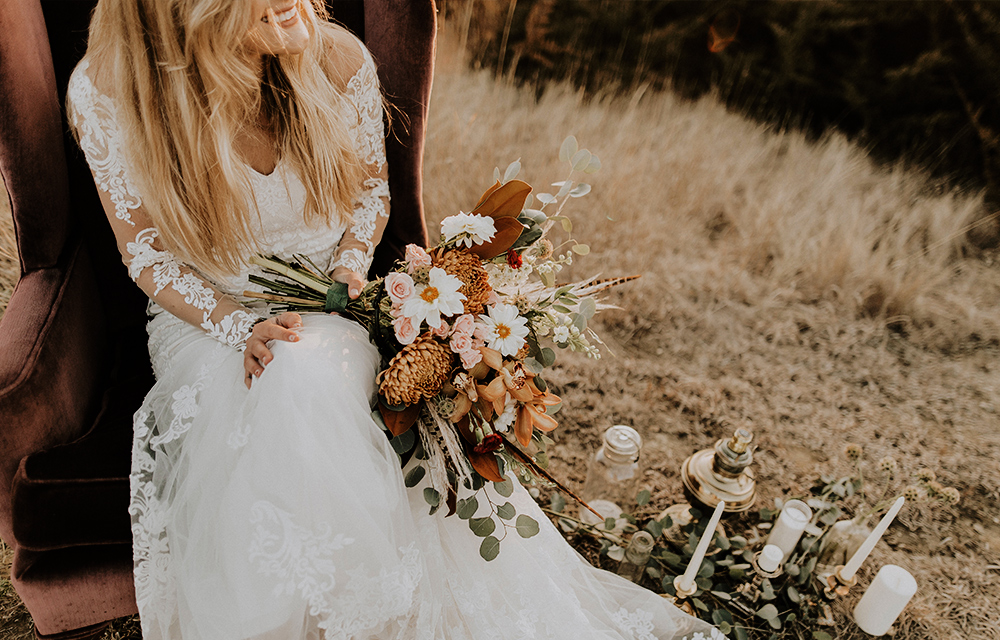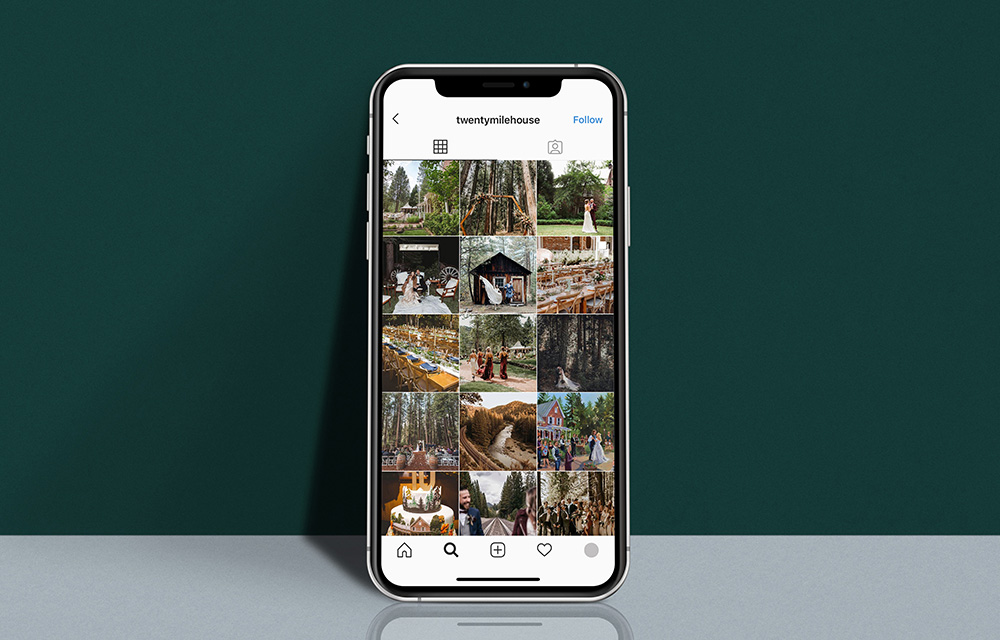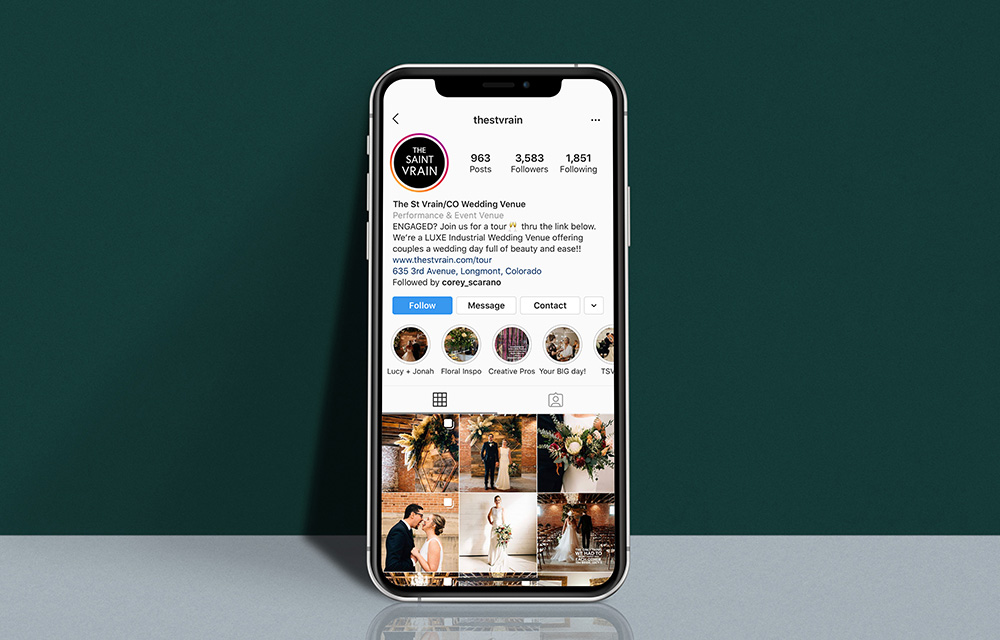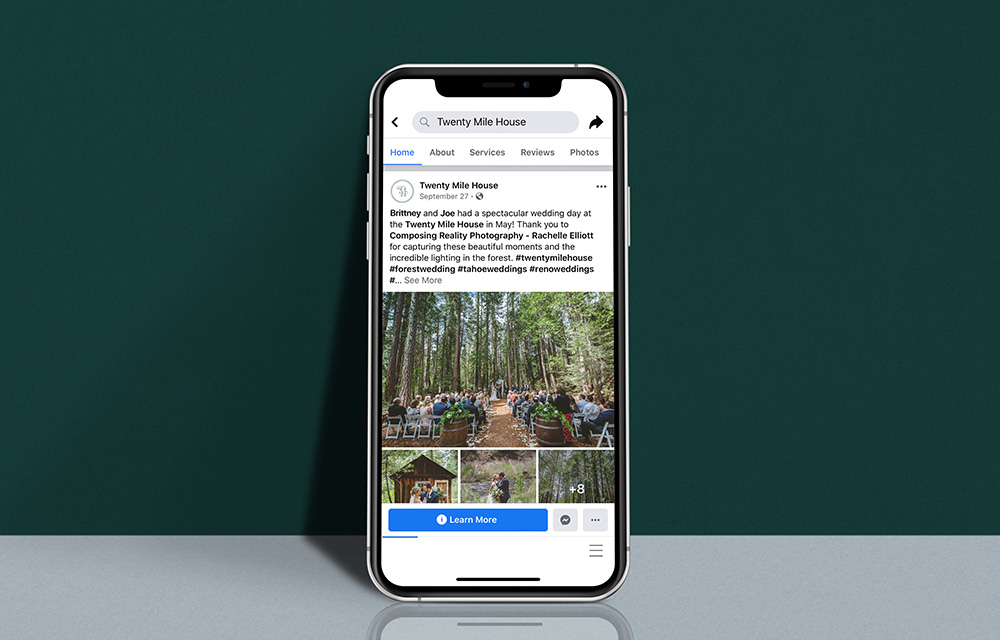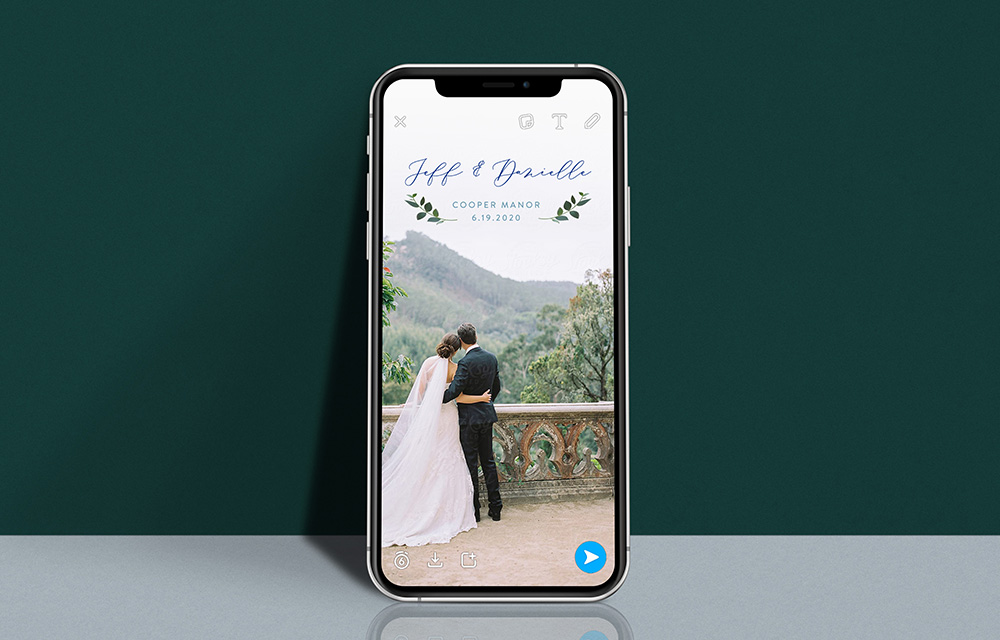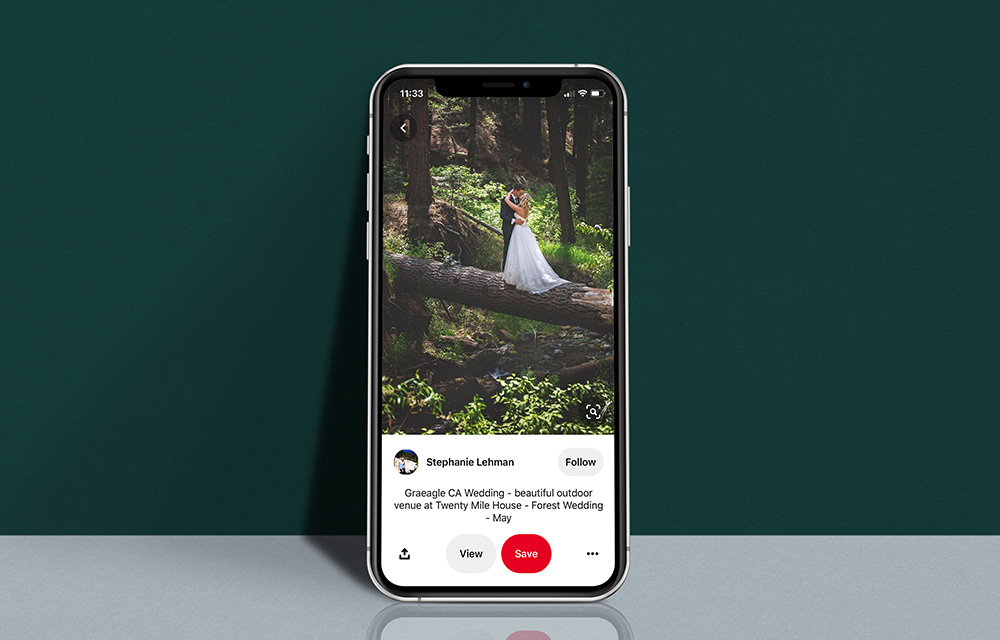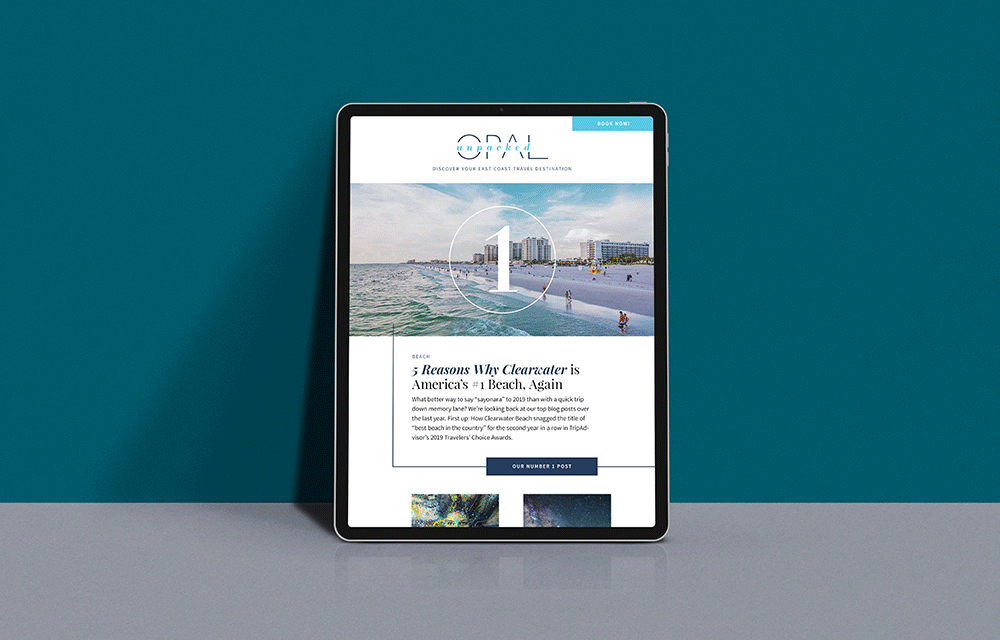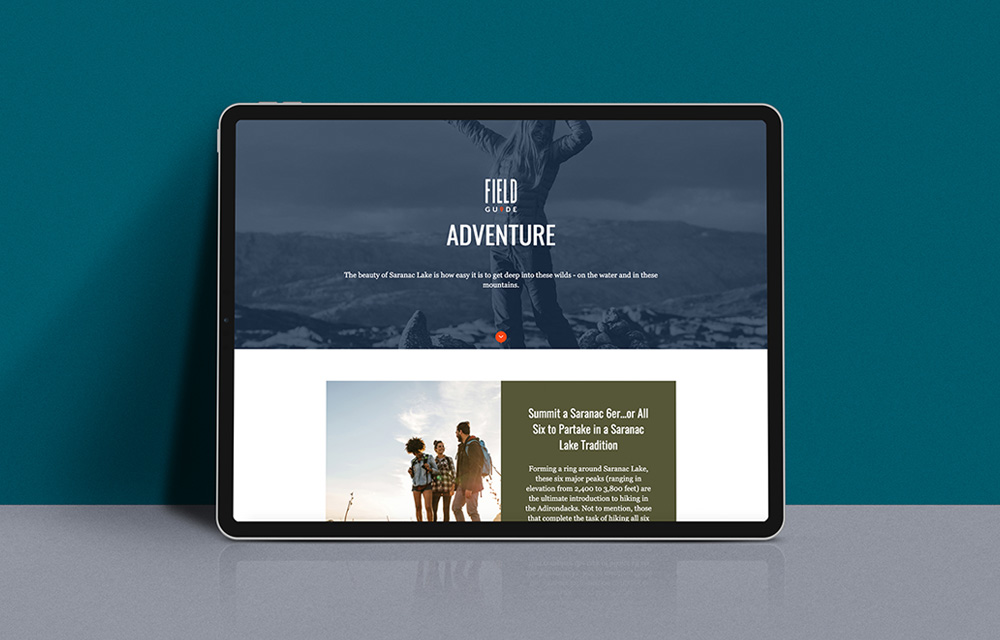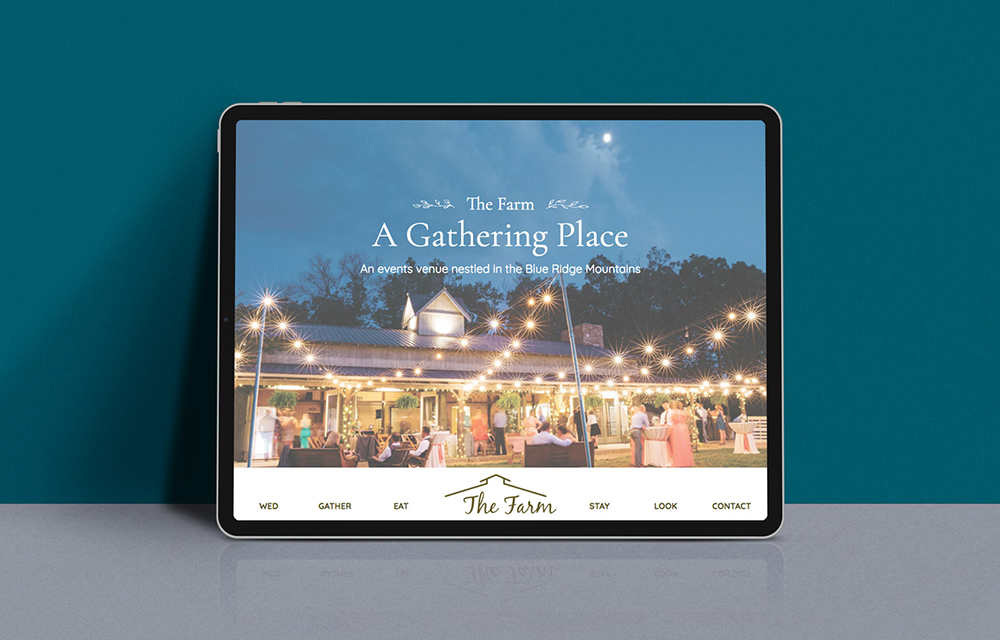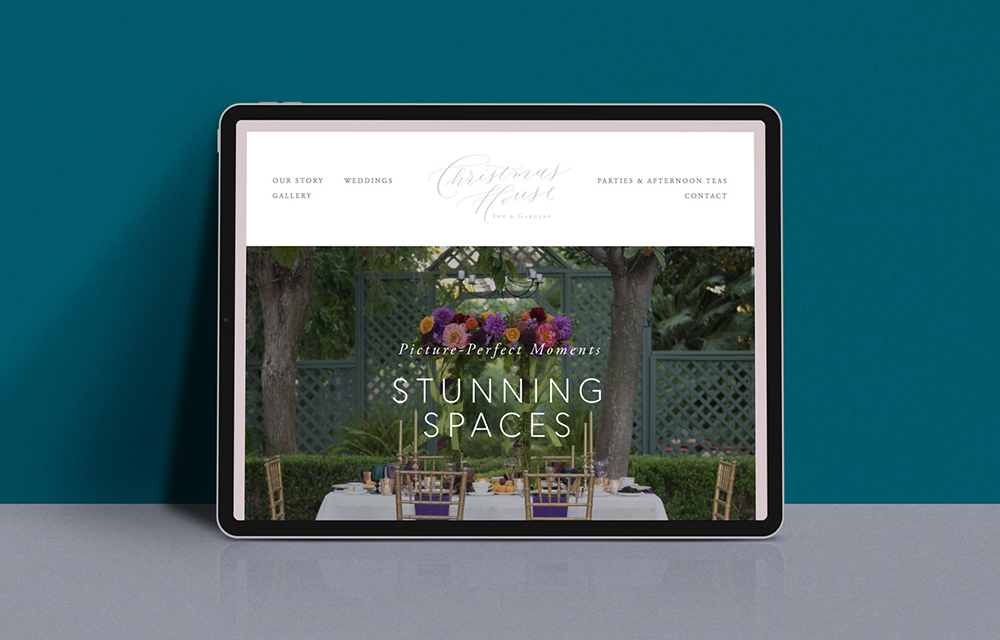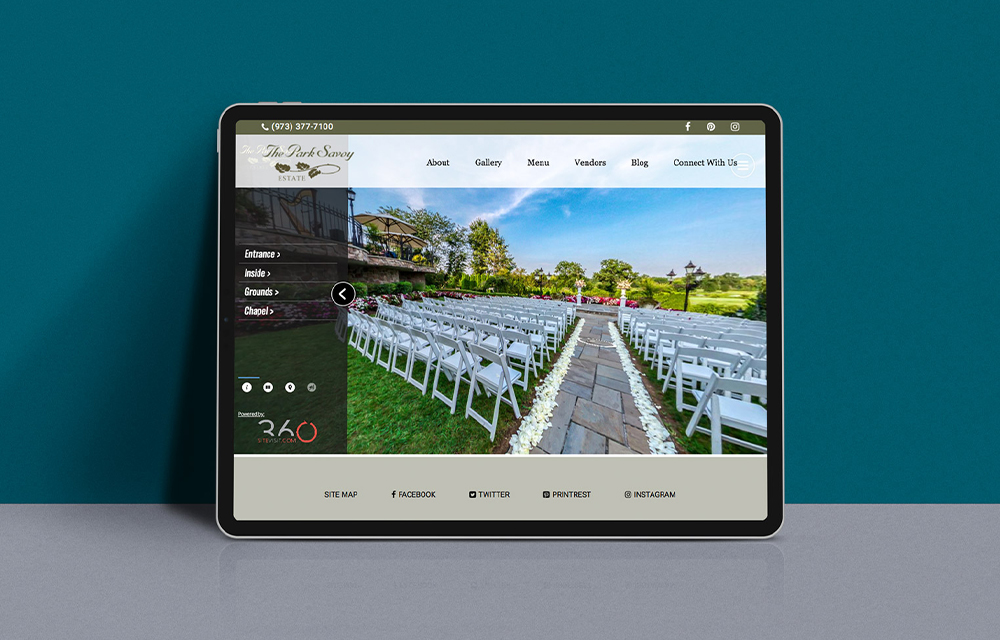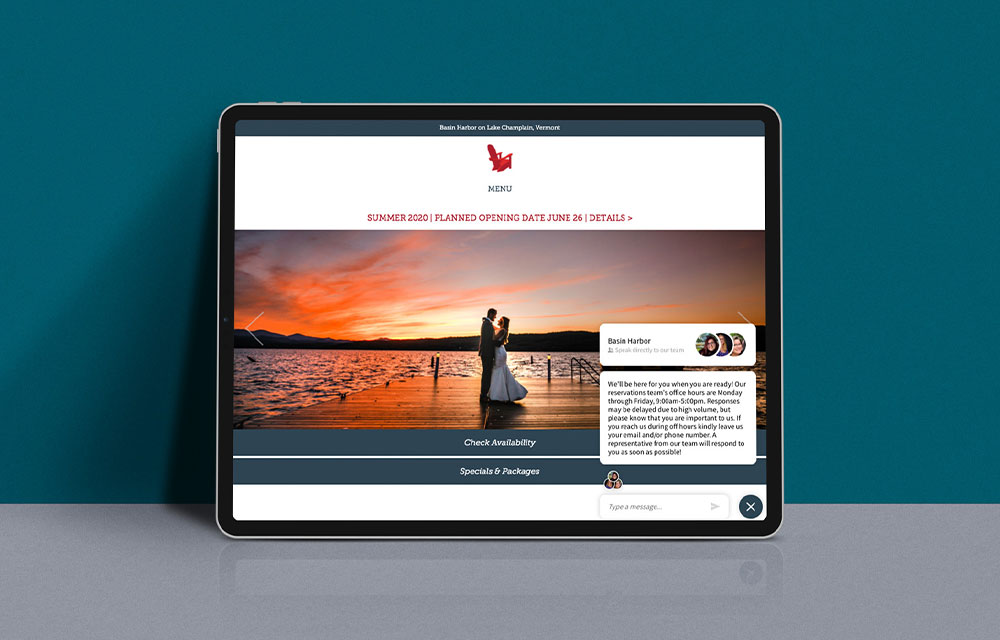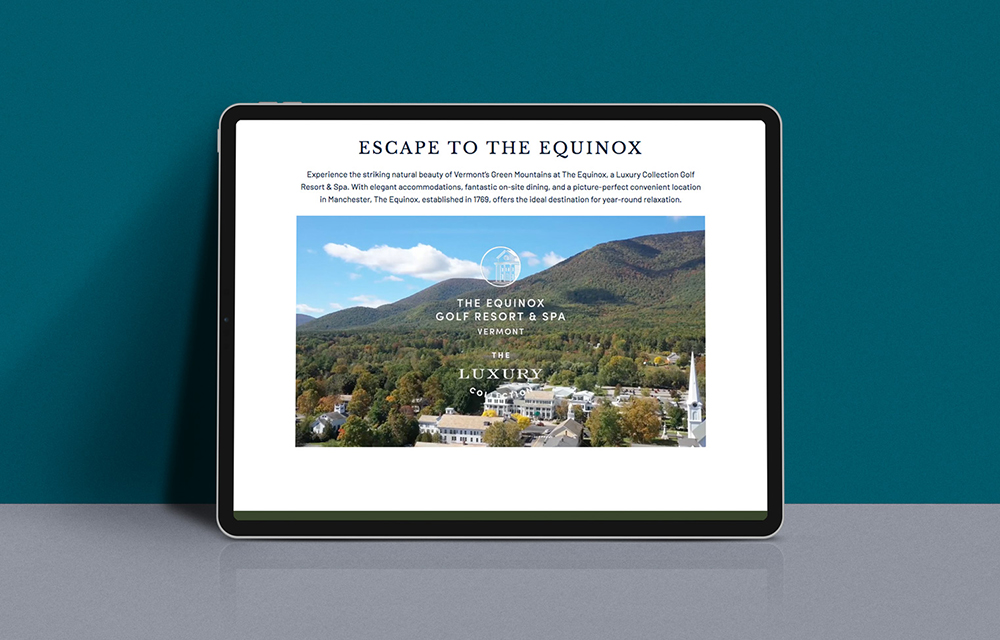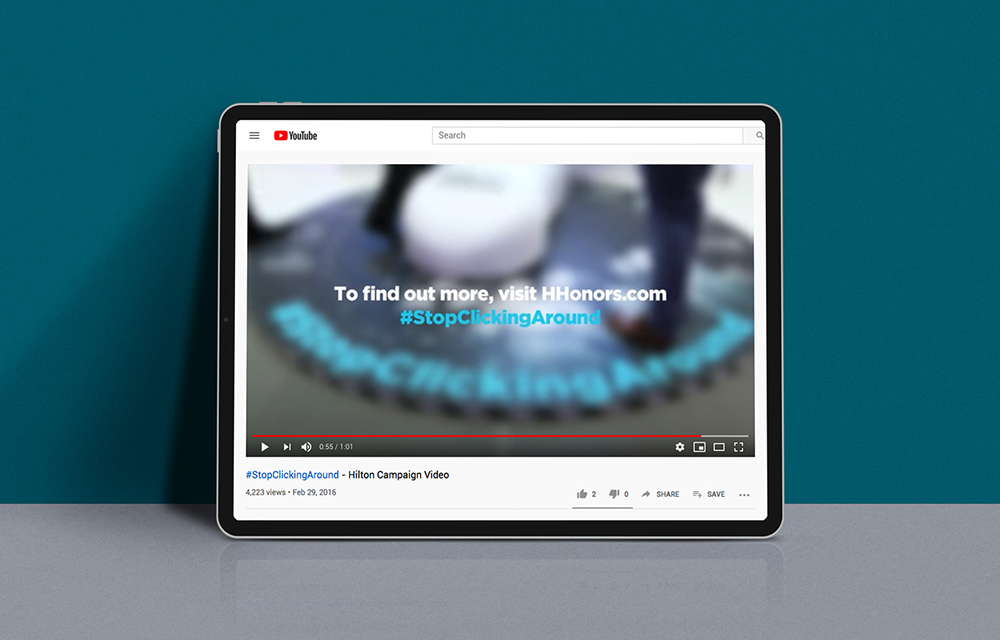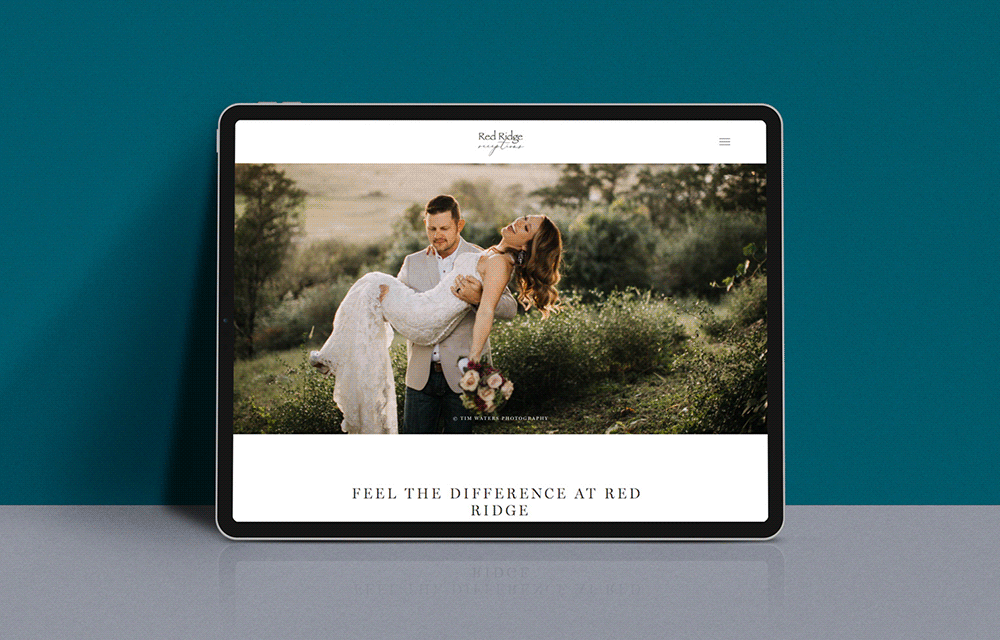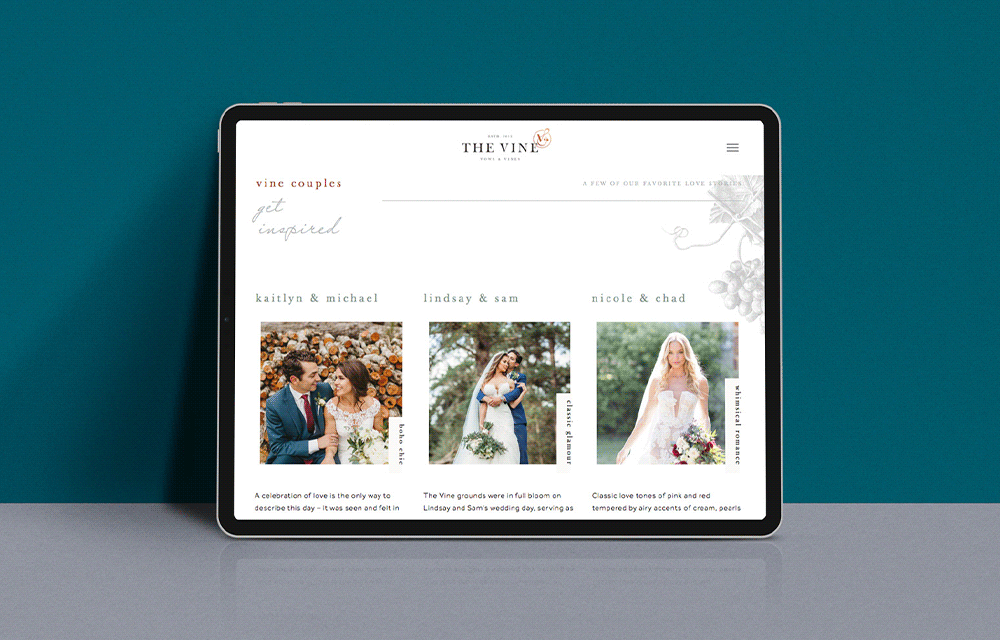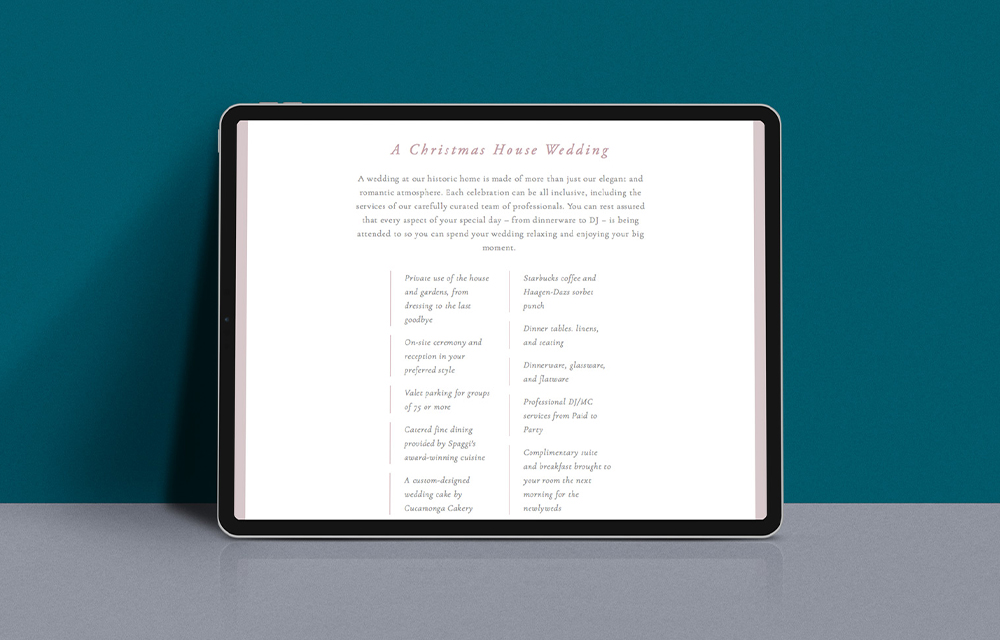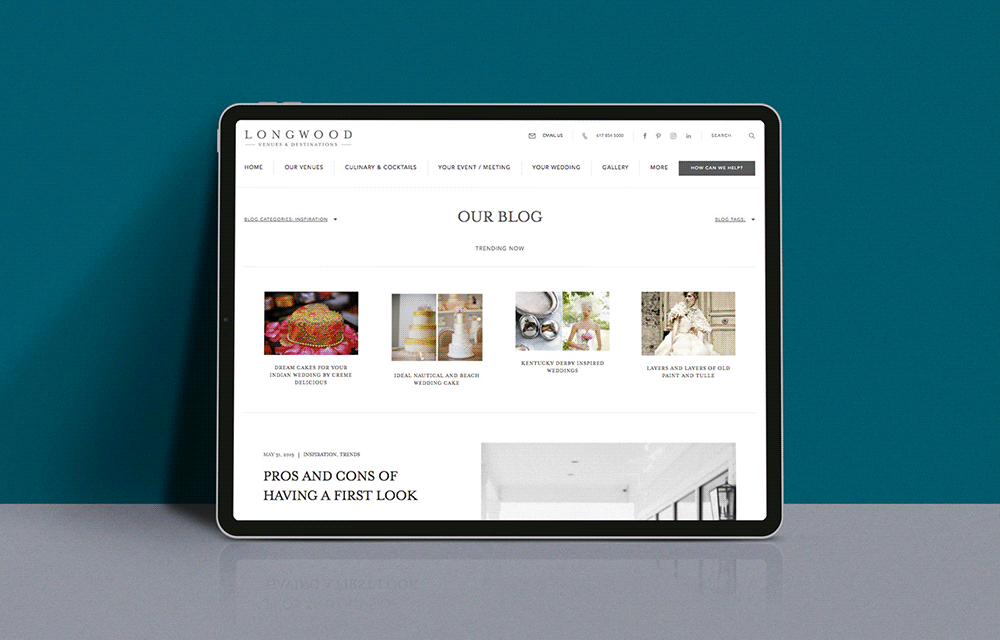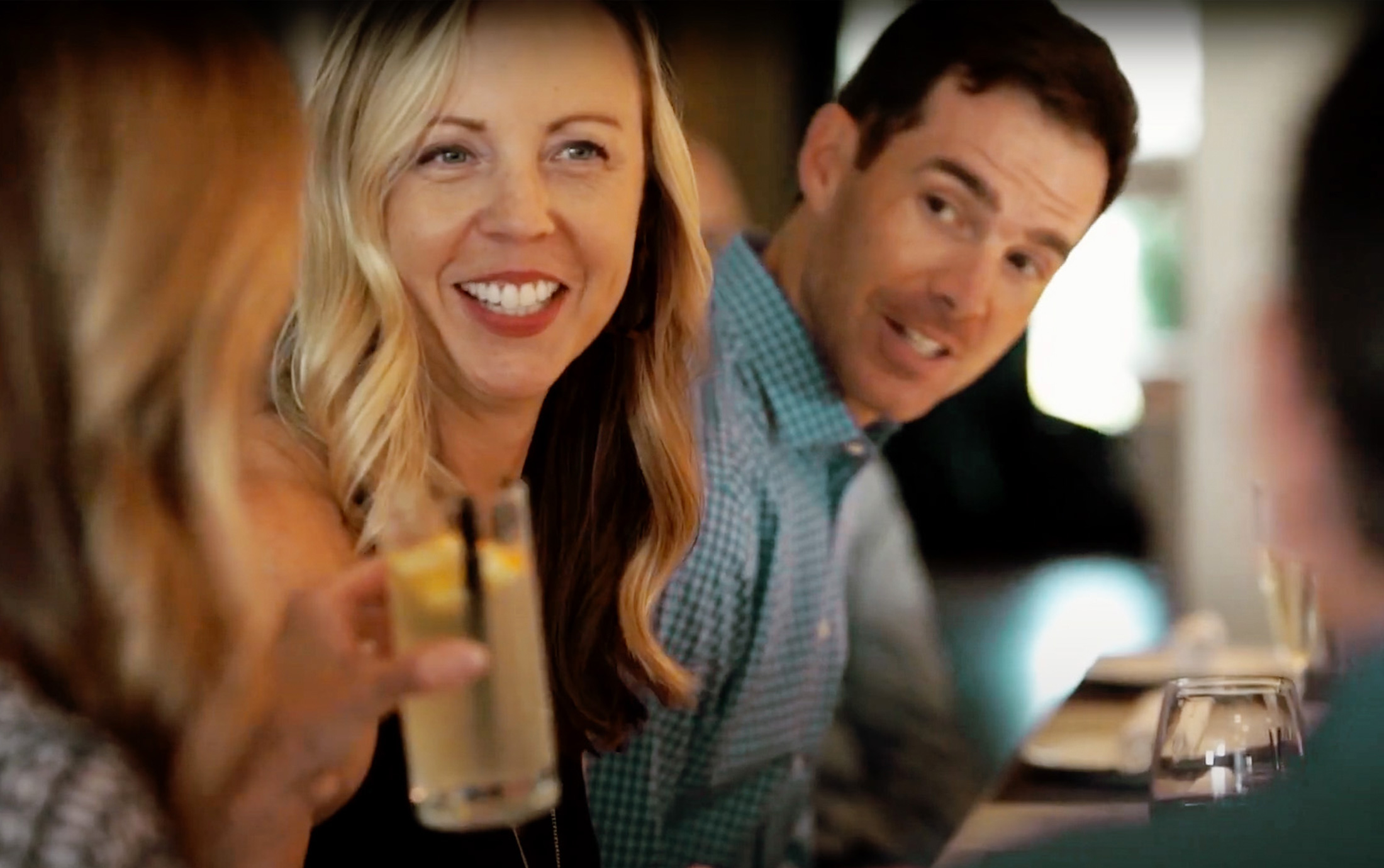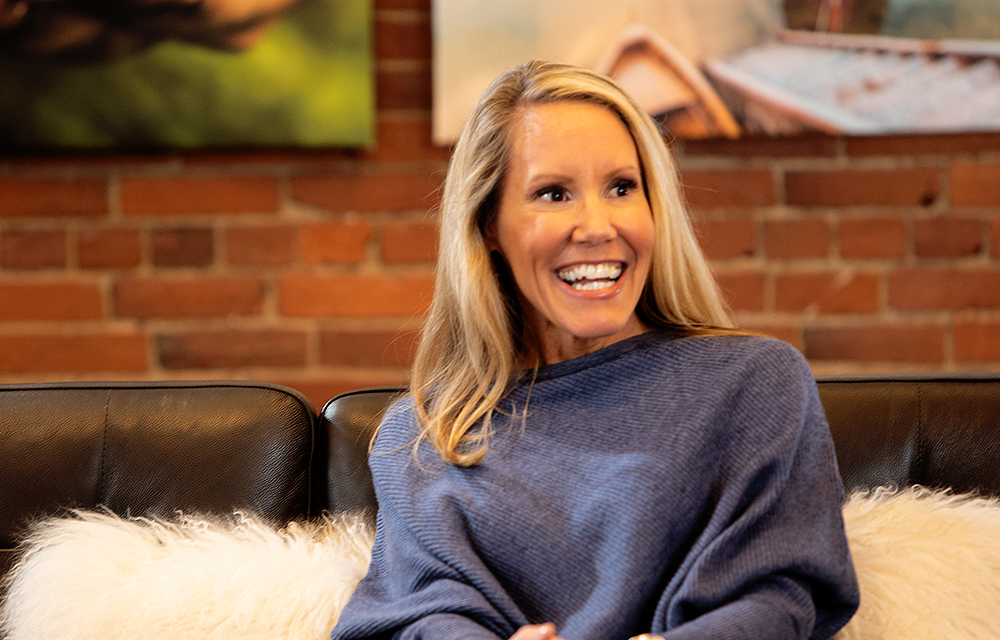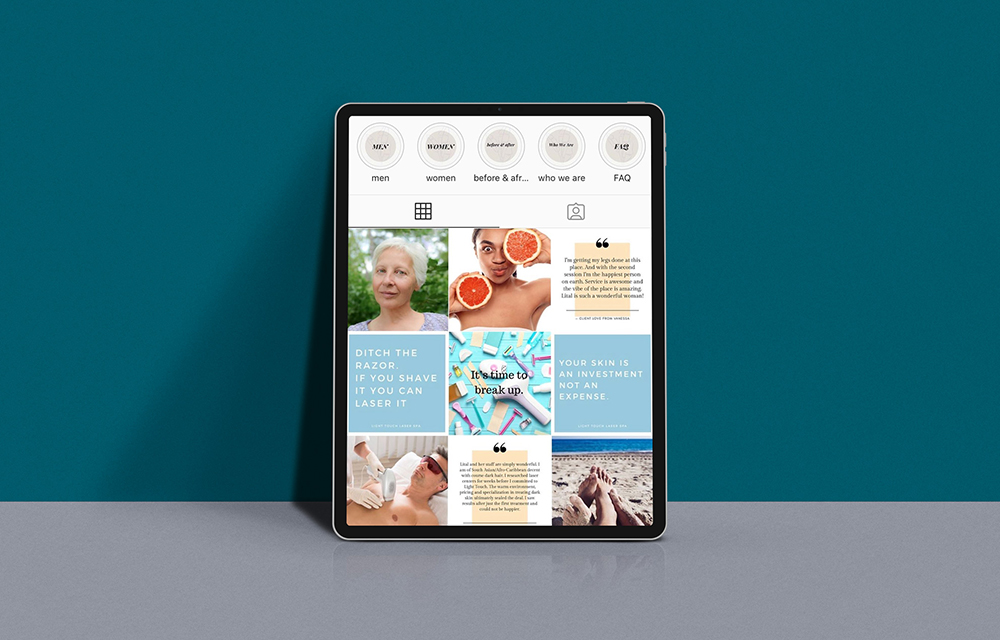There’s a widely held belief that B2B buyers are less likely to engage digitally in their research process than the average B2C buyer. So let’s end this debate once and for all by looking at a few quick stats mined from DemandGen’s 2019 Content Preferences Study regarding today’s B2B buyer:
- 68% prefer to research independently online and they conduct 12 searches prior to engaging on a specific company’s site.
- Most are already 57% of the way through the buying process before ever reaching out to a representative (meaning they are researching longer than ever).
- 62% say they can make a purchase selection based solely on digital content.
In a nutshell, B2B buyers are now looking for much of the same digital experience they would encounter during the B2C sales cycle. But what’s different is the kind of content they’re valuing to inform their decision-making process. So – as a medical aesthetic supplier – is the type of content you’re cranking out (or hopefully cranking out) actually synced with the latest research and buying patterns of the practices you’re targeting? Below we outline a few of the latest findings regarding this pattern – with the stats to back it up – and how you can lean into it within your business’s own content strategy.
Educate & Inform, Rather than Sell
This is not new advice in the B2C world, but, according to that DemandGen study, it’s a big one right now with B2B buyers. In fact, their report showed that 96% of B2B respondents said “vendors could improve the quality of content by curbing the sales messages.” It’s not that you can’t be doing hard or direct sell around your device or product at all anymore – you can go the traditional route of advertising to do that. It just definitely shouldn’t be the main message behind your in-bound marketing content strategy.
How Medical Aesthetic Suppliers Can Put into Practice
- You shouldn’t conceal your services or what you’re selling, just don’t be shouting it from the rooftops. Rather, study your audience and ask yourself: What are the biggest challenges they are facing? Given that we here at Hawthorn Creative work with a variety of medical aesthetic practices and med-spas, we know the two biggest challenges they – your prospective clients – face are: (1) fierce competition (there are dozen of like companies all around them) and (2) having to stay on top of ever-evolving industry trends and new technologies. Then craft your content plan to inform them on how to battle these challenges. They’ll begin to see you not just as a brand that’s trying to sell them more of your product, but a partner who they can trust to help them rise above the competition.
SOLUTION
Take Your Content Strategy into the Stratosphere
Content marketing is the engine powering all of your digital channels – without it, you’re going nowhere
Present Content in Other Formats (Beyond Just the Blog Post)
Yes, you should be posting on your blog regularly, especially as your various blog posts make up the core points of entry through search engines after your homepage. But, according to another DemandGen’s report, most B2B buyers actually rely heavily on white papers (82%), webinars (78%), and case studies (73%) to make purchasing decisions. Close behind are e-books (67%), infographics (66%), followed by blog posts (66%).
How Medical Aesthetic Suppliers Can Put into Practice
- Simply put, you’ll need to give the people what they want. If the idea of creating this kind of content is daunting, there are marketing firms, like Hawthorn Creative, out there to assist you. Not to mention, once this content is created, we can help broaden the reach of it, not just on your website but with online ads, email marketing, and social media.
Be Focused and Fresh
How many “how to set up your best home office” articles did you see when the recent pandemic caused a lockdown and the shift to remote working? Probably too many. That’s because a lot of content out there, in general, is a regurgitation of stuff other people have said so many times. So while it’s important to have plenty of content to drive more inbound leads to your business, the quality and actual serviceable value behind that content is what’s going to make them stay there…or cross your brand off their resources list.
How Medical Aesthetic Suppliers Can Put into Practice
- Again, this is where knowing your audience and the challenges they face is key. So once you do the digging to understand and uncover those issues, try to pick up on little nuances of these challenges that no one or few have written about (do some of your own Googling to see how many similar content examples are generated). Again, this is where leaning on a content strategist to do the research and develop the appropriate content angles will come in handy.
Read Credible & Trustworthy
Notice all the stats in this post? We don’t want to come off as some random blog post, but an authority who does their research and, yup, knows their audience. You should too. Because, according to that DemandGen Content Preferences Survey Report, 66% of the surveyed buyers’ top recommendation to improve vendor content was to infuse it with more data and research. It doesn’t just help you make your case to potential practices, but they actually want that data and stats to then make their case to their peers or those in charge of the budget.
How Medical Aesthetic Suppliers Can Put into Practice
- One of the easiest ways to create trust is to tie an expert to the content that’s being created. For example, in the blog content we produce for AW Plastic Surgery, we always – always – interview the appropriate staff members in regards to the topic, then quote them throughout the piece (see examples How to Make Sure You Never Look “Done” After an Elective Cosmetic Procedure, 8 Ways to Protect, Maintain & Boost Your Collagen Levels, How to Get Rid of Jowls: 4 Treatments for 4 Stages of Sagging). Yes, these are B2C examples, but the philosophy is the same: Are there folks within your company – perhaps a scientist or even the founder – you can attribute your various content topics to? Or someone to serve as a thought leader?
CASE STUDY
AW Plastic Surgery
Translating this practice’s five-star, in-person care experience into their digital presence.
Use Prescriptive and Predictive Headlines
Despite all this talk about novel and fresh content, when it comes to your content headlines, B2B buyers actually prefer them to start with common phrases. According to a study done by BuzzSumo, a platform that scans billions of articles and social posts to harvest meaningful insights, the headlines that resonate with B2B audiences most start with “How to…,” “The X…,” and “X Things” or “X Ways.”
How Medical Aesthetic Suppliers Can Put into Practice
- Simply put, experiment with these types of headlines in your various pieces of content (plus some of the others you see in that list), then study how they are received: Does your audience better engage with content that falls under a type of headline on your blog, in your LinkedIn posts, in your email strategy, etc.? Of course, don’t overdo it with just one style, but determine the several types that perform best.
Gate Less of Your Content
Gated content – or putting a valuable piece of content behind a registration form – is a staple of B2B marketing strategy when it comes to generating leads and nurturing them into prospects. However, according to that DemandGen report, 71% of B2B buyers want content that’s easier to access.
How Medical Aesthetic Suppliers Can Put into Practice
- We’re not saying stop all gated content. Just don’t go overboard with gating too much. Because, in that same report, 95% of buyers claim that they’re willing to provide their name, company, and email address in exchange for valuable content, while only a fourth of buyers indicated that they’re willing to provide their phone number. So don’t make your forms long and tiring tasks that ask too much of a prospect (especially as people are more protective of the info they give out, anyway). Similarly, you should have a subscribe form on your blog template. If a practice is interacting with your content enough, they be all too happy too to submit their email contact.
Does all the above sound great, but you’re not sure how to put it into action (nor have the time)?
Our team of designers, writers, and strategists are at your digital disposal. Just drop us a line any time.


